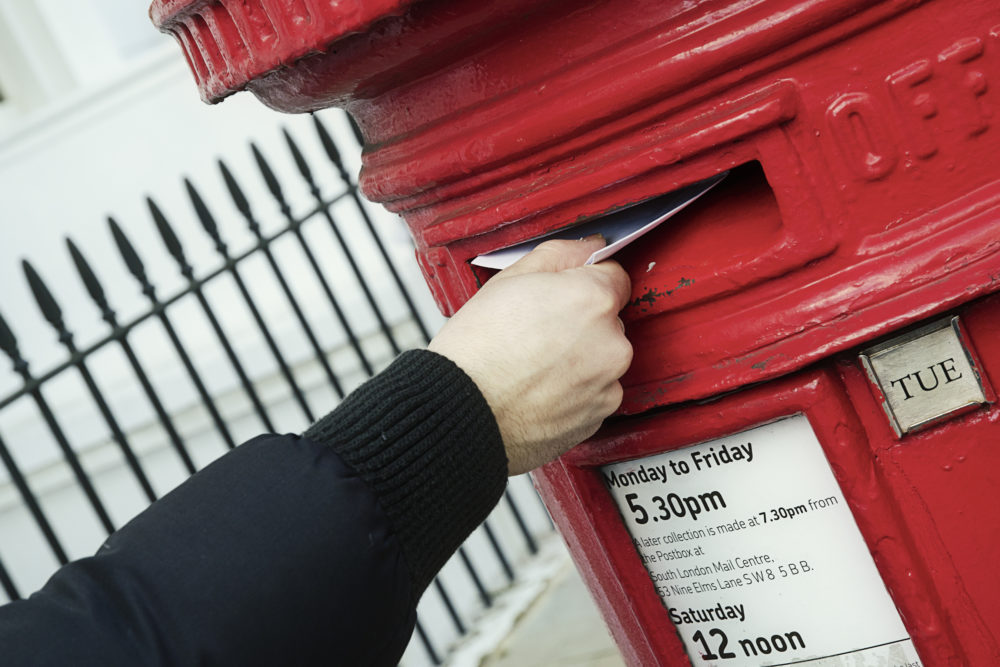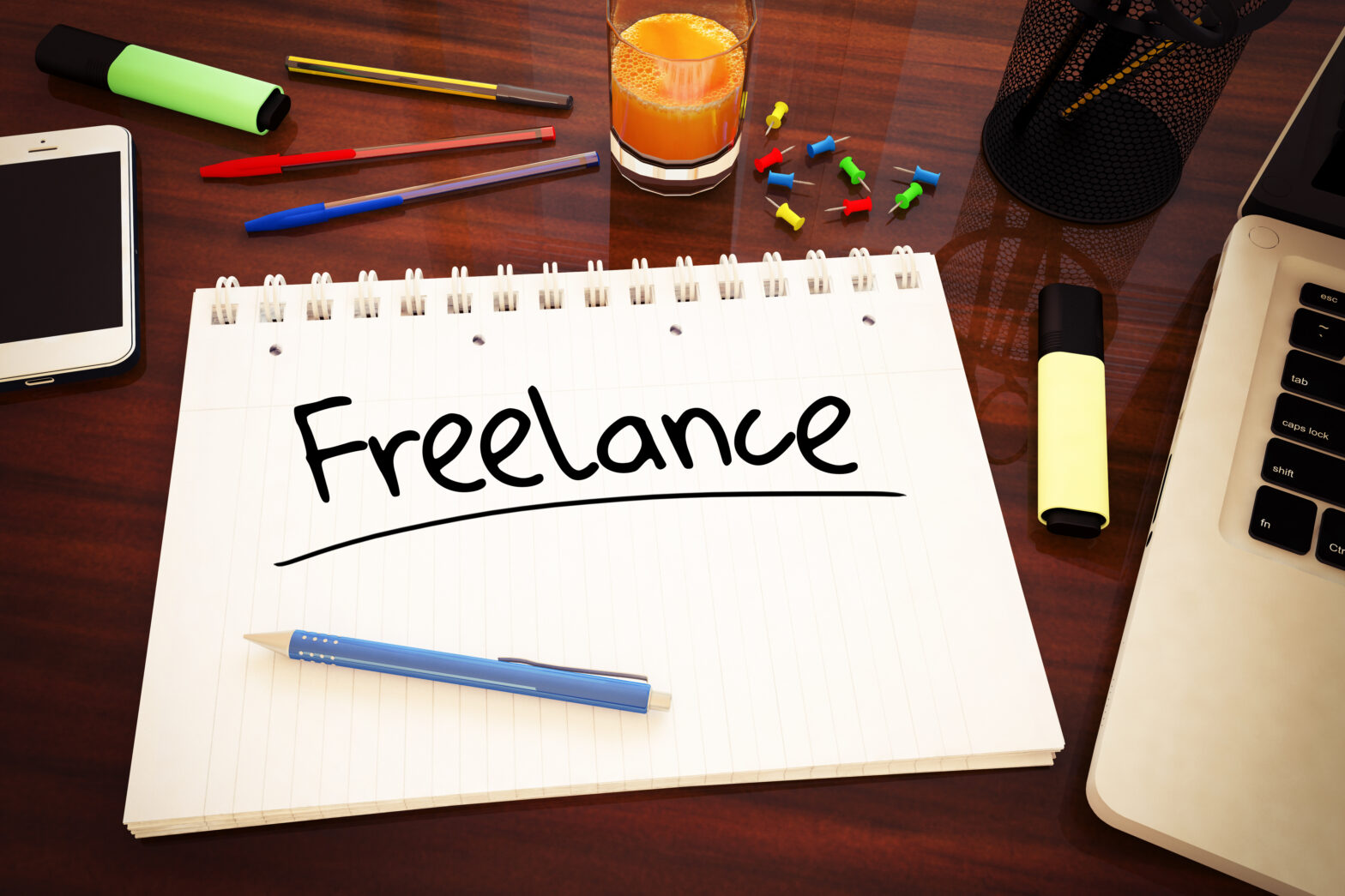Making sure you send your direct mail in the right type of envelope may not be top of your priorities, but it’s key to getting the most bang for your marketing buck.
Whether they admit it or not, a lot of people can’t help judging a book by its cover when it comes to mail. We’re all used to receiving direct marketing through our letterbox on a regular basis, but how many times are we actually tempted to open it? Direct marketing is a costly business, as it entails the cost of postage, labour, design and, of course, the envelope. Choosing the best envelope will depend on your target market and your product, but knowing your options is a great place to start.
Size
According to some studies, the average householder is more likely to open oversized, coloured envelopes than those that merely blend in with the rest of the mail. However, this really depends on what you’re sending. If the message you are trying to get across pertains to professional services or business to business marketing, sending a huge envelope won’t necessarily create the right impression. However, it may tempt an ordinary householder through sheer inquisitiveness.
There are four main envelope sizes used for direct mail campaigns in the UK:
- C6 envelopes are designed to hold an A4 sheet of paper folded into equal quarters. However, they can often stand out as obvious marketing letters, thus deterring people from opening them.
- A C4 envelope is designed to hold an A4-sized document without folds. This is a great option if you are sending catalogues and brochures of your products and services.
- C5 envelopes are for sending A4 sheets that are folded in half. They are relatively common for sending letters, and they are probably the most popular size of envelope with direct marketers. A lot of printed envelopes with slogans and logos are this size.
- DL envelopes require that an A4 sheet is folded into three equal parts. Folding every document three times may be labour intensive, but it could show business customers that you are a professional and conscientious company.
Styles
‘Pocket’ envelopes open on the shortest side, and they are popular with businesses. If you want to add a more personal touch to your direct mail campaign, however, a ‘banker’ envelope opens via a V-shaped flap on the long side, in much the same way as a birthday card would be opened. A ‘wallet’ envelope opens with a square flap, which is also located on the longest side. Choosing the envelope that works best for your campaigns may involve measuring conversion rates based on the types of envelope involved. If you are involved in business to business marketing, the wallet or pocket style is probably most appropriate. However, if you are communicating directly with consumers, banking envelopes could provide a personal touch.
Seals
The main aim of any direct marketing campaign is to get your message across to your target customer, and that means removing any obstacles to the opening of your envelopes. If you’re sending a multiple documents or one, thick item, peel-and-seal might be the most suitable, as it provides a stronger envelope to carry extra weight. Gummed flaps are often the cheapest type of seal system, but they are labour intensive, and they’re not always suitable for heavy contents. Self-seal flaps use two layers of latex to form a seal, and because they require no moistening or the tearing off of a strip, they are ideal if your direct mail campaign involves the sending of thousands of letters.
Different customer groups will respond to certain types of envelope in different ways. Of course, if you really want to stand out from the crowd, you could design some custom envelopes with the help of a stationery specialist. Only by measuring the success of every envelope available can you ascertain which type delivers the best results for your campaigns.





